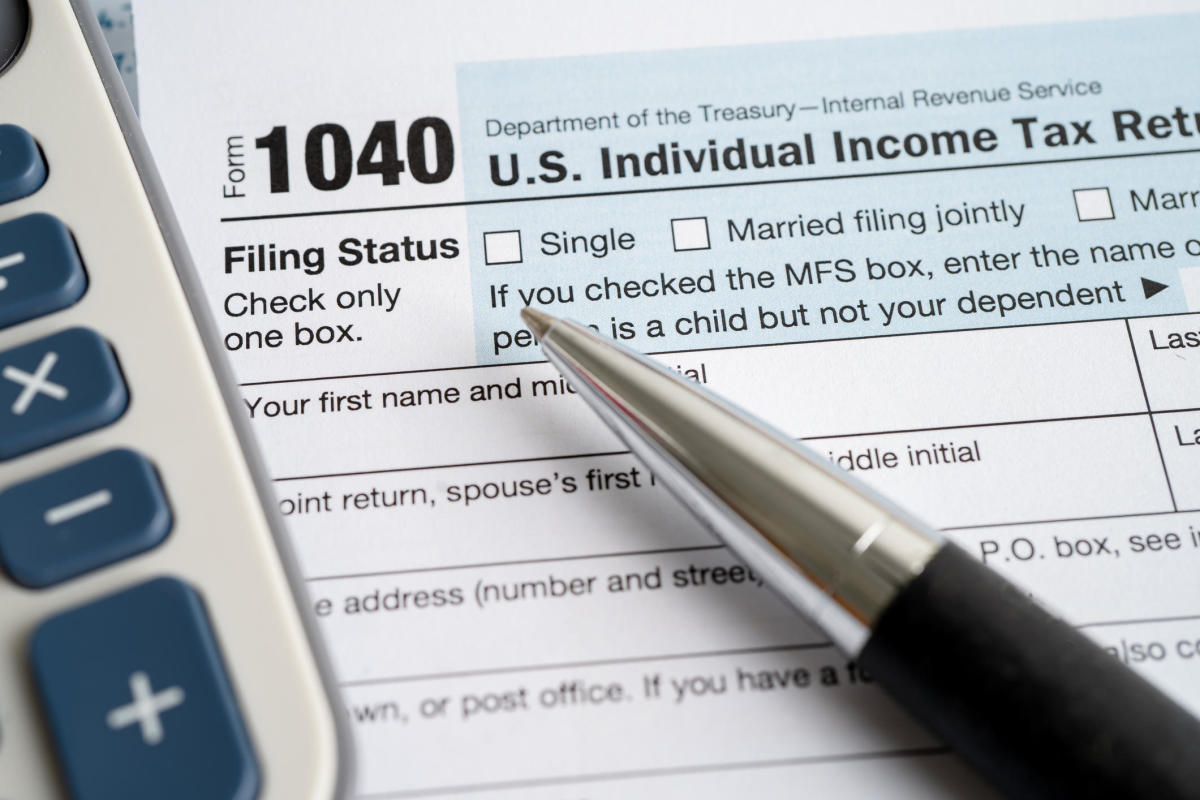The IRS just announced the new tax brackets. Here’s how to see yours.

The IRS is introducing new income limits for its seven tax brackets, adjusting the thresholds to account for the impact of inflation. That could provide a break to some taxpayers on their taxes in 2024.
The tax agency said it’s adjusting the tax brackets upwards by 5.4%, relying on a formula based on the consumer price index, which tracks the costs of a basket of goods and services typically bought by consumers. The 2024 limits come after the IRS last year expanded its tax brackets by a historically large 7%, reflecting last year’s high inflation.
The IRS adjusts tax brackets annually — as well as many other provisions, such as retirement fund contribution limits — to counter the impact of inflation. That can help avoid so-called “bracket creep,” or when workers are pushed into higher tax brackets due to cost-of-living adjustments or raises even though their standard of living may have remained the same.
Workers can also get a break if more of their taxable income falls into a lower bracket as a result of the higher thresholds. Taxpayers will file their 2024 taxes in early 2025.
Tax brackets
The IRS increased its tax brackets by about 5.4% for each type of tax filer for 2024, such as those filing separately or as married couples.
There are seven federal income tax rates, which were set by the 2017 Tax Cuts and Job Act: 10%, 12%, 22%, 24%, 32%, 35% and 37%.
Taxation in the U.S. is progressive, which means that tax rates get higher the more you earn. However, there’s a common misconception that a worker will pay the highest tax rate they’re subject to on every dollar of their income — that isn’t the case. Instead, each tax rate is applied to your income that falls within each bracket.
Your so-called marginal rate is the highest tax rate paid on your income, but your effective tax rate — a combination of the rates you pay on various parts of your income — reflects your actual tax rate.
For instance, take a single taxpayer who will earn $110,000 in 2023, using the current tax year’s brackets as an example. She’ll take a standard deduction of $13,850, lowering her taxable income to $96,150, which makes her marginal rate 24%. However, her effective rate is much lower. She’ll pay a:
10% tax on her first $11,000 of income, or $1,100 in taxes12% tax on income from $11,000 to $44,735, or $4,04822% tax on the portion of income from $44,735 up to $95,375, or $11,14024% tax on the portion of her income from $95,374 to her limit of taxable income, $96,150, or $775
All told, she would owe the IRS $17,063 in taxes, which amounts to an effective tax rate of 17.7% on her taxable income.




